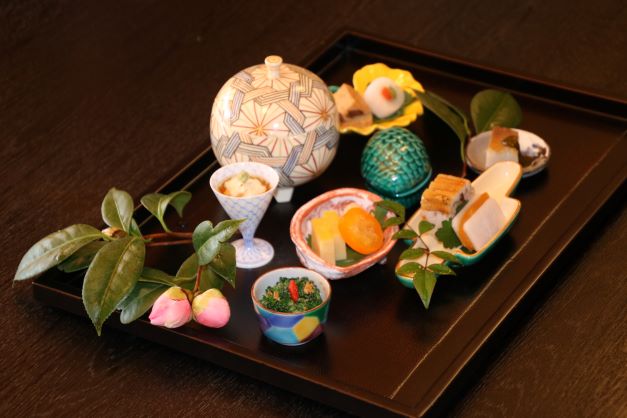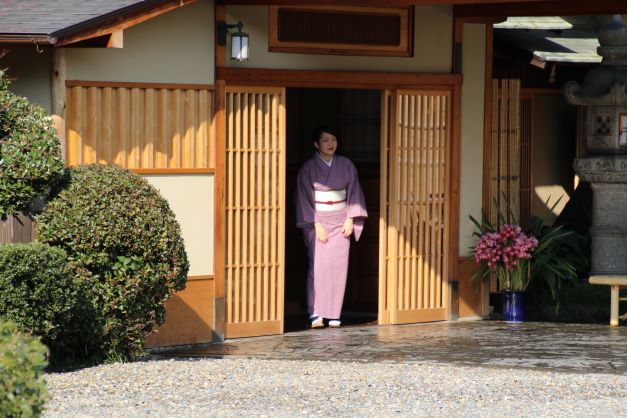Idiom of the day: “Bringing coals to Newcastle” is an English idiom used to describe a pointless action. During the Industrial Revolution, Newcastle was a centre for the British coal mining industry, and it would have made no sense to bring coal to Newcastle.
We were reminded of the phrase this morning when we read that Noma, the Michelin three-star restaurant in Copenhagen run by chef René Redzepi, is planning to open a 10-week “residency” in Kyoto next spring. The meal will cost 850 euros per person including drinks, tax and service.
Noma’s website says, “We have traveled throughout Japan and this specific region for many years. We have studied and researched the history and the food culture, in particular kaiseki cuisine. For our Kyoto menu, we will source ingredients from local farmers, hunters, fishmongers, and foragers and will work very closely with this local network of suppliers. Our menu will reflect the sakura season in Kyoto, yet, we will not be a Japanese restaurant.”
Like many contemporary superstar chefs, Redzepi worked at Ferran Adrià’s famous El Bulli restaurant in Catalonia, Spain, and told The New York Times, “I was taught that the tasting menu was invented by the French and then reinvented in Spain. I had no idea of the vast repository of ideas and techniques that is Japanese food.”
In fact, in 1965 the legendary French chef Paul Bocuse traveled to Japan, was introduced to kaiseki, and returned to Lyon to pioneer nouvelle cuisine, which reimagined French cooking with an emphasis on seasonality, the quality of ingredients, and a dramatic procession of stylishly presented plates.
Nothing at all against Noma, which has been ranked the “world’s best restaurant” several times, including only last year, but if you’re in Kyoto and want a multi-course meal that balances the taste, texture, appearance, and colors of food, you are spoiled for choice.
Many non-Japanese have had the experience of eating an omakase Japanese meal. Omakase means “I’ll leave it up to you”, and if you’ve had a high-end sushi meal, you may have “left it up to” the chef (recommended!).
Kaiseki is different. Yes, you’re “leaving it up to” the chef, but the chef’s preparation started months earlier, not that morning at the fish market. A kaiseki meal may incorporate hundreds of ingredients, and no detail is left unconsidered. In the autumn along Kyoto’s Kamogawa River, you can see young kitchen apprentices collecting fallen autumn leaves that will be used in presenting one or more dishes.
The “rules” governing the preparation of a kaiseki meal can be myriad, but most important are seasonality, local ingredients and presentation. But other “rules” might include serving pieces of sashimi in odd numbers only (there is plenty of superstition in Japan and East Asia); serving round food in square dishes and vice versa; and serving food in/on dishes of different shapes and materials.
If you stay in a high-end ryokan (traditional Japanese inn), a kaiseki dinner may be included in the price. But if you are staying in another sort of establishment (e.g. a modern hotel), you can experience kaiseki in a ryotei, a traditional Japanese restaurant historically associated with geisha and if we’re honest, influence-peddling!
It used to be the case that access to ryotei was only by introduction from another customer, but times have changed. A good concierge can get you a reservation at a superb ryotei. And so can the friendly folks at The J Team!
Not an idiom, but a famous proverb is “When in Rome, do as the Romans do.”
When we’re in Rome, we don’t eat Japanese food. When we’re in Kyoto, we go for kaiseki.







